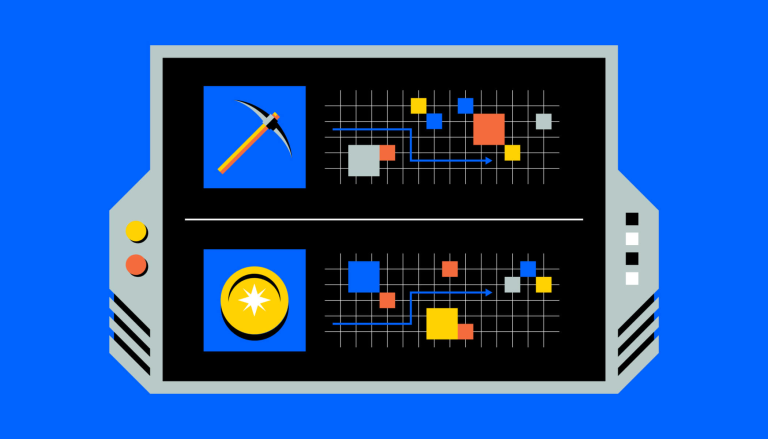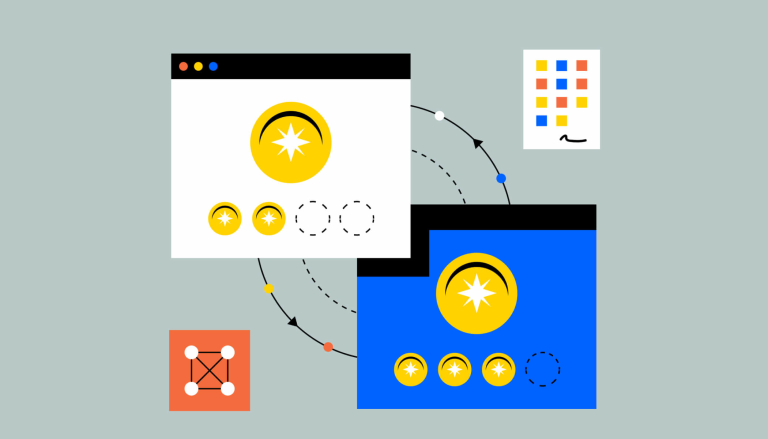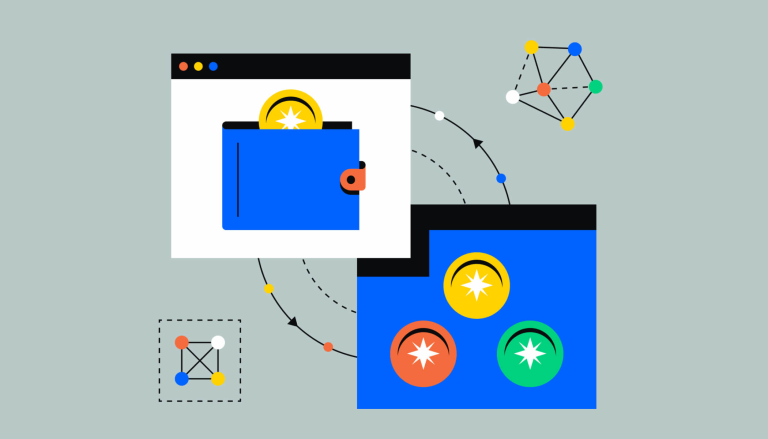What is a Proof-of-Burn in crypto?

Proof-of-Burn (PoB) is a consensus mechanism in cryptocurrency that involves "burning" coins to gain mining rights.
PoB seeks to address the high energy consumption issue of Proof-of-Work (PoW) systems.
The process of burning coins involves sending them to a verifiably unspendable address, which does not consume many resources.
Understanding Proof-of-Burn
Proof-of-Burn (PoB) is a unique consensus mechanism in the world of cryptocurrencies. It operates on the principle of allowing miners to "burn" or permanently eliminate their virtual currency tokens. This burning process grants miners the right to write blocks in proportion to the coins burnt.
The concept behind PoB requires miners to burn some of their digital currencies for the opportunity to mine a new block. This process, known as burning, involves sending tokens to an unspendable address, often referred to as an "eater" address. These addresses are publicly verifiable but inaccessible, meaning the coins sent there cannot be recovered or spent, effectively removing them from circulation.
How does Proof-of-Burn work?
In a Proof of Burn (PoB) system, the amount of coins a miner burns can affect their chances of being chosen to mine the next block. This is because burning coins serves as a display of their virtual mining power. Therefore, the more coins they burn, the greater their mining power becomes, and vice versa. As mining power increases, miners can find new blocks more quickly, leading to more rewards.
Unlike the Proof of Work (PoW) system, PoB doesn't require expensive hardware or consume a lot of power, making it an energy-efficient alternative.
Advantages and Disadvantages of Proof-of-Burn
One of the main advantages of PoB is its minimal energy consumption compared to [Proof-of-Work (PoW)](https://www.coinbase.com/learn/[crypto](https://www.coinbase.com/learn/crypto-basics/what-is-cryptocurrency)-basics/proof-of-work-pow-vs-proof-of-[stake](https://www.coinbase.com/learn/crypto-basics/what-is-staking)-pos-what-is-the-difference), positioning it as a sustainable option for blockchain networks. The burning of coins may also result in a scarcity of coins, which could influence the value of the remaining coins.
However, PoB also has its drawbacks. The most significant is that once coins are burnt, they are permanently removed from circulation. This means that miners cannot recover or spend these coins, which could potentially lead to a loss if the value of the coins increases after they have been burnt.
Proof-of-Burn vs Other Consensus Mechanisms
Compared to other consensus mechanisms like Proof of Work (PoW) and Proof of Stake (PoS), Proof of Burn (PoB) uses a distinct method. PoW demands that miners solve complex mathematical problems using substantial computational power, while PoS requires miners to own and stake a certain number of coins. In contrast, PoB simply requires miners to burn their coins.
This makes PoB a more energy-efficient alternative to PoW, and it offers a different approach compared to PoS. However, it's important to note that PoB is still a relatively new consensus mechanism and hasn't been widely tested on large networks yet.
Current Applications of Proof-of-Burn
While PoB is not as widely used as PoW or PoS, certain blockchain projects have implemented a 'burning' mechanism for the creation of new tokens. In these cases, users send digital currencies to the eater address in order to generate a proportional amount of the project’s native token.


